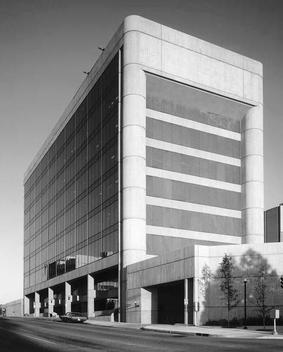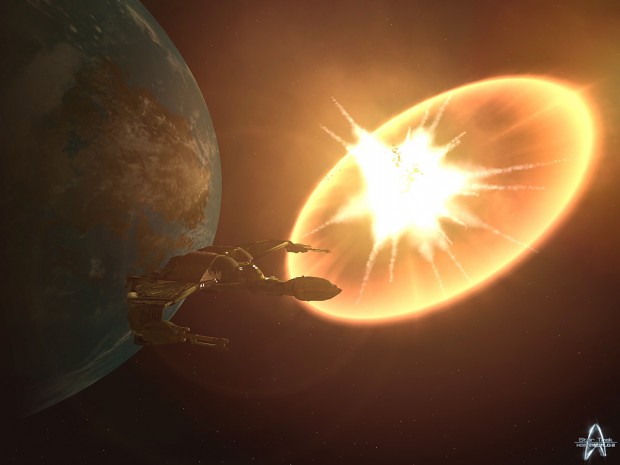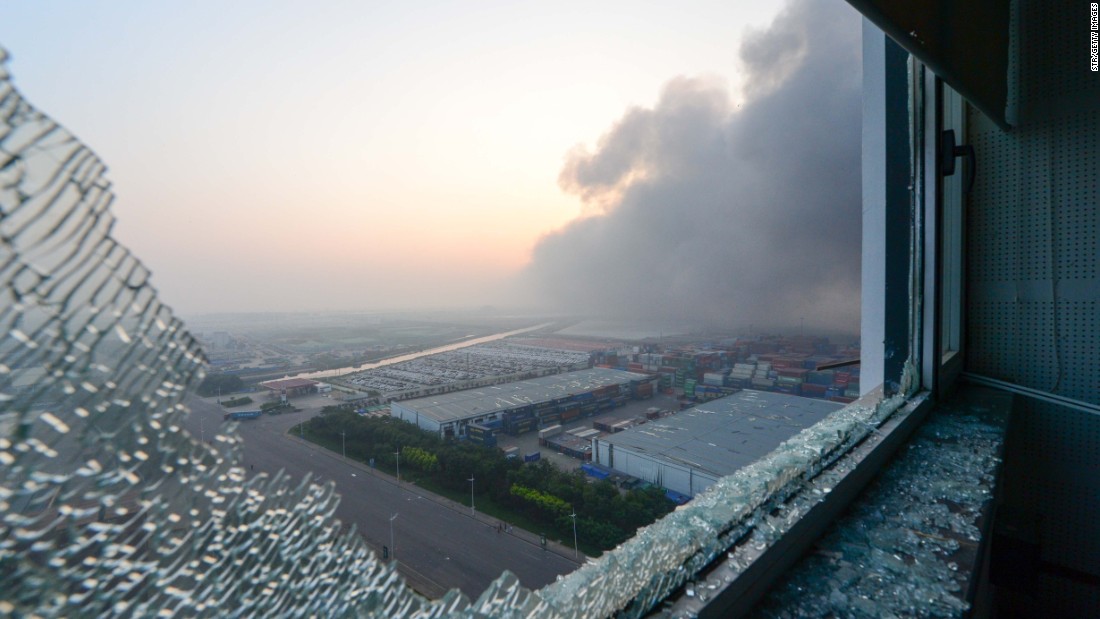Progressive Collapse
When the collapse commences with the failure of one or a few structural components and progresses over the successive other components then it is known as progressive collapse. This can be the simplest possible definition of progressive collapse. But when a progressive collapse can possibly come into the picture? Well, it can be anything ranging from a damaged column, or a damaged connection, or a blast inside the building, a blast outside a building, a vehicle crashing into the building, aftershocks of an earthquake, a storm, a tsunami, anything can be a triggering event. We will discuss all the possible progressive collapse that took place till now and we will also come out with a solution and better understanding towards the subject.
Moving forward to Alfred P. Murrah federal Building, the building was located in the downtown of Oklahoma city, Oklahoma, US. It was, as the name suggests, United States federal government complex. The building was designed by architect Wendell Locke of Locke, Wright and associates and constructed using reinforced concrete in 1977.
Image credits : Wikipedia
At 9:02 am on the day of 19th April, 1995, a Ryder rental truck filled with approximately 7000 pounds (3175 kg) of ammonium nitrate fertilizer, nitromethane and diesel fuel was detonated in front of the Alfred P. Murrah Federal building destroying the third of the building and causing severe damage to the other parts of the building. As a result of this massive explosion 168 people were killed and several injured. Now one wonders that undoubtedly an explosion causes a huge damage, but why? Why an explosion created in front of the building and not inside it caused so much damage? Well, it's time to present it in front of you.
Image credits: Wikipedia
Explosion gives birth to shock waves, a concentric wave with center as the source and which carries a high amount of energy generated by any kind of explosion. This energy or the wave is capable of shearing apart anything that comes in it's way.
Image credits: Unknown (Hypothetical Image)
The picture above shows the explosion of a star, you can actually think the star as the source of explosion and the ring that is shown as the shock wave. This wave when confronted by a wall of a building it damages it very effectively. The amount of damage depends on the energy stored in the wave. Let me show you a small and a large damage caused by the wave.
Checking the picture above, you can see that the damage caused by the wave is reflected in the windows. This is because the wave created an impact on the front side of the windows causing a high compression zone on the front side while a huge amount of tension was generated at the back which caused the bending of the window frame. (Well you can recall the theory of bending, where the moment is resisted by tension and compression forces coupled together.) The other impact generated by a high energy wave is the capacity of shearing of the object, shearing means literally cutting it off. The picture below shows the banana sheared by a bullet or say a point object, you can imagine a wave as a knife shearing a banana to understand the effect of the wave. You gotta feel sorry for the poor banana, but now imagine the explosion shearing off a column or two or imagine yourself standing across the path of the wave. Man, that's too nasty.
Image credits: Gizmodo
Well, coming over the collapse of Alfred P. Murrah building, what might have caused the collapse of the building? We know the wave generated was very strong, but how could it have collapsed to this extent? During the explosion, probably one or two column near to the explosion site completely sheared off. Now, as soon as a column is disappeared from the bottom of the building there is no support left for two to three beams connected to the column. This is called the local damage created by the shock wave. Now this local damage triggers into the other parts of the building and damages or fails the other structural members. How? Here's the concept.
Figure describing a model generated in SAP2000.
The model so generated is designed for all possible load combination. All the criterias are satisfied. Now a perimeter column from the center of the face is removed and the building is analysed for the dynamic loads. The pictures below shows the step by step collapse of building because of the large forces generated in the members.
Figure (a): Red mark shows the removed column from the structure
Figure (b): Describes how the damage triggered in the interior spans of the building
Figure (c): Displays how the damaged members carried away the collapse still further inside the building
Figure (d): Displays the complete failure of the building
As we proceed from figure (a) to figure (d) you can visualize that how the collapse was carried out in the structure. How a local damage can trigger the collapse much inside the building. Infact in figure (c) it is clearly visible that the building is collapsing down, as the picture displays the deflection of the damaged region. Now,this collapse is a highly non linear analysis, but the question pops out of the mind is that why Alfred P. Murrah building suffered from a partial collapse and not a complete collapse.
You should notice one thing in software, all the connections are rigid, it means that the connections in the structure will never fail but the members will fail. This is a very dark scenario in case of studying progressive collapse. Why? Consider I am hanging on a cliff and trying to save my life and there is a guy who is holding my leg to save his life, and there's one more guy who is holding the leg of the second guy and trying to save his life and this goes on till 10 persons. Now I think I cannot hold myself and so I will collapse will all the guys. But suppose that the 5th guy in the chain hasn't enough strength to hold the other guy, what will happen? The chain after the 4th guy will break and I will be hanging with 4 other guys. This is called partial collapse of the system. You noticed the importance of the joint strength? Yes, it is critical, if all the joints have infinite strength it will progress the local damage into the structure leading to complete collapse.
Alfred P. Murrah building was a reinforced concrete structure, and the critical thing about RCC is concrete in tension and it's brittle behavior. When the local damage was created, the failure lead to the collapse of certain members. But then as seen in the picture the chain broke down from moving any further. This is because the joints were not too strong over the particular location and it cannot take the load of the collapsed structure. Consider that all the joints in the building joints have a strength of 1000 units. Because of local failure some joints suffered from a load of 700 units and as we move inside the structure this load increased because of the dead load collapsing as it will pull the joint with it. In this chain the mass goes on increasing, but then a critical point comes where the joint is loaded with 1100 units of load, so it cannot take the load any further and the only possibility comes into the picture is failure near the joint and the concept of weak joint comes into the picture.
Getting more precise, the partial collapse of Alfred P. Murrah building exhibited not only a pancake type of collapse but probably also a domino type scenario. A characteristic feature of the latter type is the occurrence in the course of collapse of horizontal forces that lead to the overturning of the other elements. Horizontal tensile forces could have been induced in that incident by partially separated falling components that remained connected to the still intact portion of the structure through continuous concrete reinforcing bars. The possible occurrence of such forces are suggested by the fact that the collapse stopped shortly after a reinforcement discontinuity in a major horizontal element of the structure.
This shows how important it is to study an important building. It is not at all necessary that every time you reinforce the structure you make it better. If that would have been the case I would have set up massive concrete block, but it is of no use. Being a structural engineer the important part is to study your structure in different conditions and take wise steps as per the probability of occurrence of the situation. This gives rise to a better design and efficient way to tackle the situations. Sometimes it is better to partially collapse the building instead of making the situations worse. While sometimes it is necessary that the local damage do not progress any further into the building. It is up to the structural engineer and a client on which path to walk, but whatever path you chose you make sure it is a perfect one.
Stay tuned for more updates from structural madness.
Have a nice day.










Nice blog post, good description of the reasons behind progressive collapse
ReplyDeleteThank you. Keep reading and keep enjoying.. :D
Deletestarted to read the blog today. you give us something worth sharing.
ReplyDeleteVery interesting, i discovered your blog this day, I'm enjoying surfing in your blog, keep it on bro
ReplyDelete